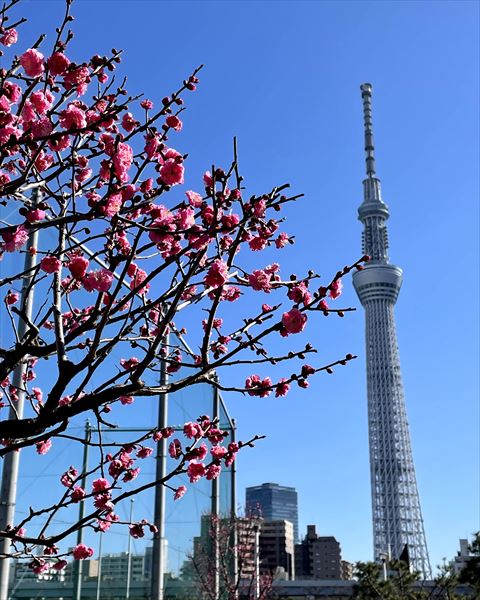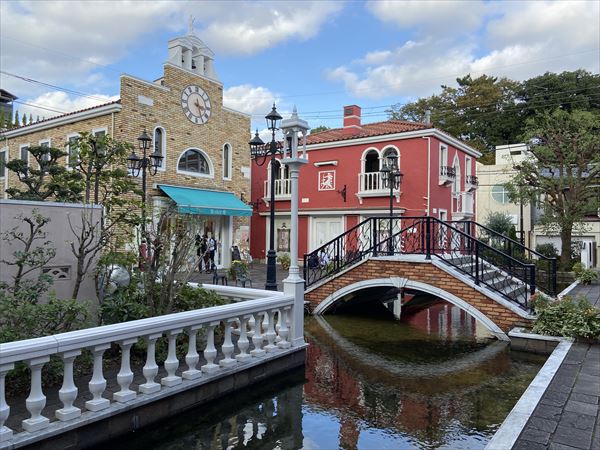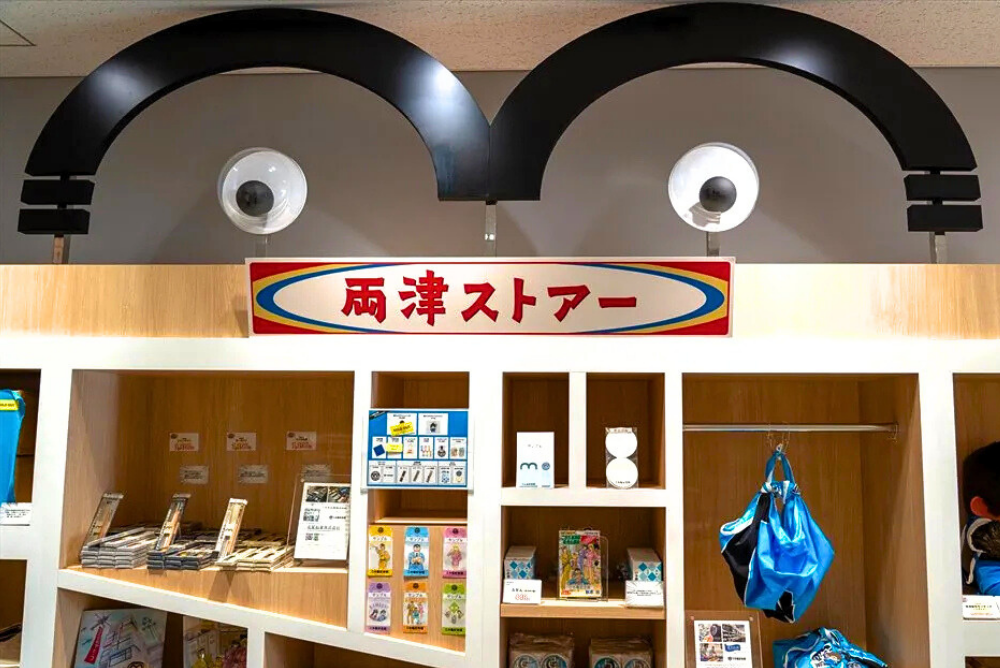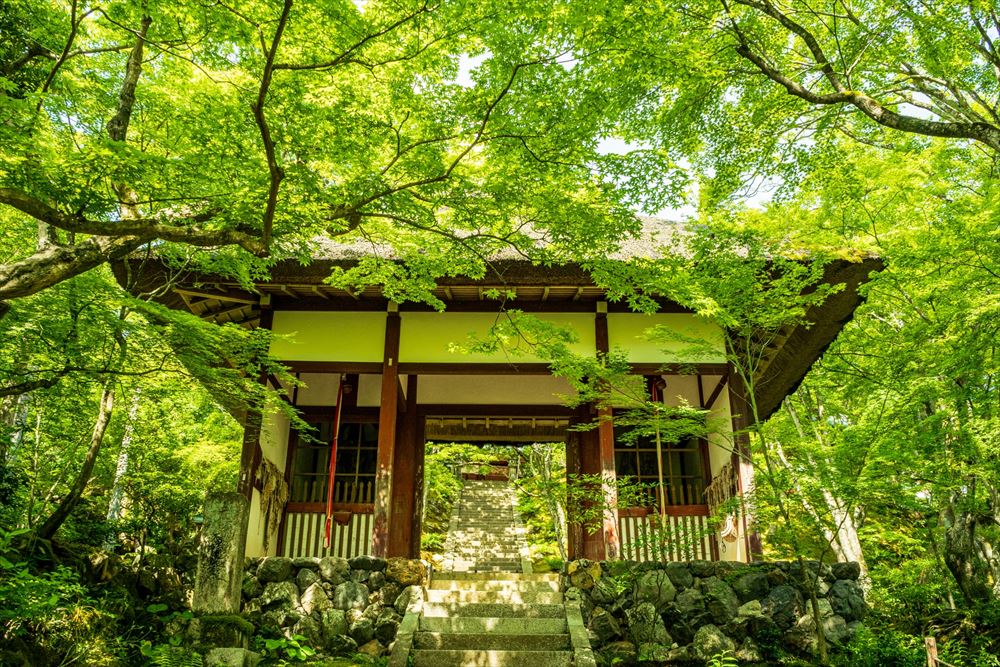The Zoshigaya area is quiet despite being close to bustling Ikebukuro. It might not be a typical tourist spot to many people, but it is a place where you can enjoy the history and culture of Tokyo. The itinerary below is a 5km, two and a half hour walking tour of the area.
Zoshigaya:Experience the history of Tokyo by taking a walk!
Zoshigaya Kishimojin Temple
Coming out of the Tokyo Metro Zoshigaya Station, the first thing you will see is the Zoshigaya Kishimojin Temple.
There are many stylish cafes and antique shops along this street lined with Zelkova trees.

Zoshigaya Kishimojindo is an enshrinement hall which is protected by nearby Homyoji Temple, enshrining the deity of childbirth and child rearing. Japan designated the Hondo (the main temple building) as an Important Cultural Property in 2016. On the grounds you will find a traditional dumpling shop, a candy shop and an overall tranquil atmosphere.


In October, Oeshiki, a traditional Nichiren Buddhist event, is held here. Three-to-four-meter tall Buddhist lanterns are paraded along the streets to the sound of taiko drums and many festival stalls appear to cater to the crowds.
Zoshigaya Memorial Park
It is famous for being a place where many prominent figures have been laid to rest. The grave of literary master Natsume Soseki, who was active in the Meiji and Taisho eras (late 19th to early 20th century) and the author of works such as “Botchan” and “I am a Cat,” is in this park.


There may not be too many opportunities to walk around a Memorial Park like this one, but many famous graves can be visited here, so it is worth a visit!
Bunkyo City’s Higo Hosokawa Garden
This is a park that features a pond in the center with paths going around it. The park’s most beautiful greenery hits its peak around late May. The entry is free of charge.

On the garden grounds, you can enjoy matcha tea and sweets in a Japanese-style room at the Shoseikaku (cost: 500 yen). We were able to enjoy a beautiful view while relaxing with our tea. The sweets we received are called “Kaseita,” a treat once gifted to the Tokugawa shogunate by Kumamoto Domain’s feudal lords, the Hosokawa Clan. They contain Chinese quince and are bittersweet, which tasted great with our matcha.



Gokokuji
Gokokuji; a temple that was built for the mother of the 5th Shogun of the Tokugawa shogunate, Tokugawa Tsunayoshi, in 1681. The front gate features a statue of the Deva King deity.

The grounds are so spacious it’s easy to forget you are in the center of Tokyo. The main building and several others are designated as a National Important Cultural Property.

It is also known as a place where cats like to gather. We were able to meet a few cats on this visit!












